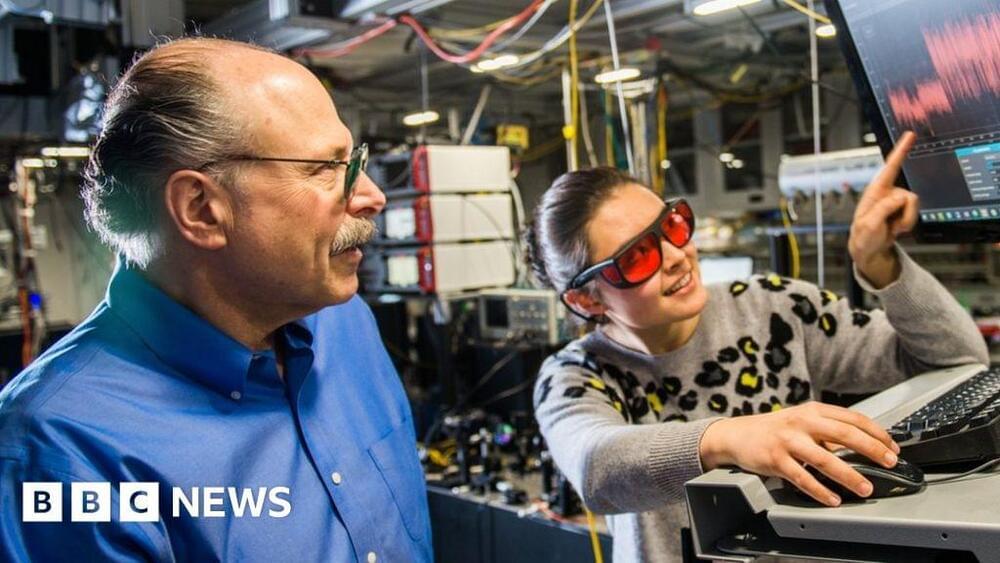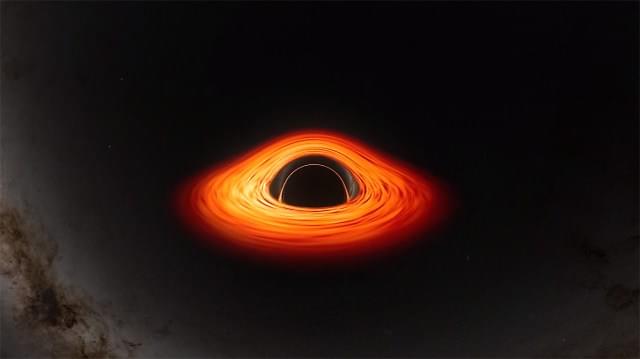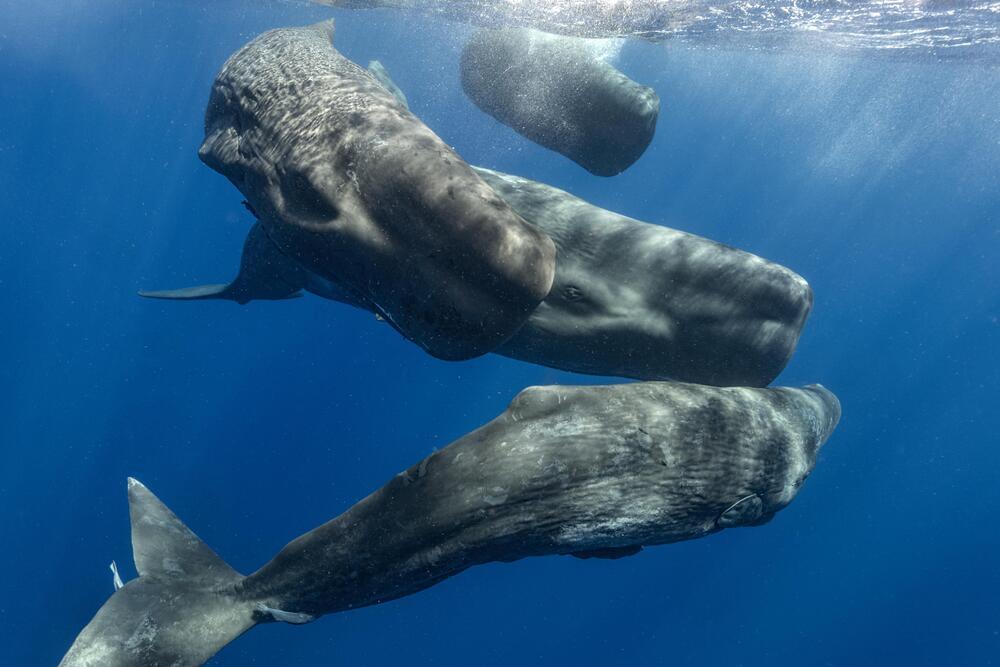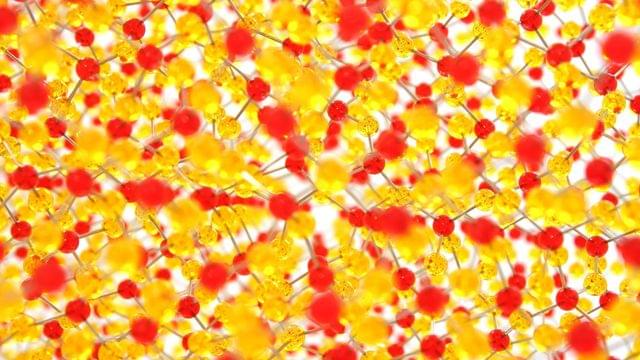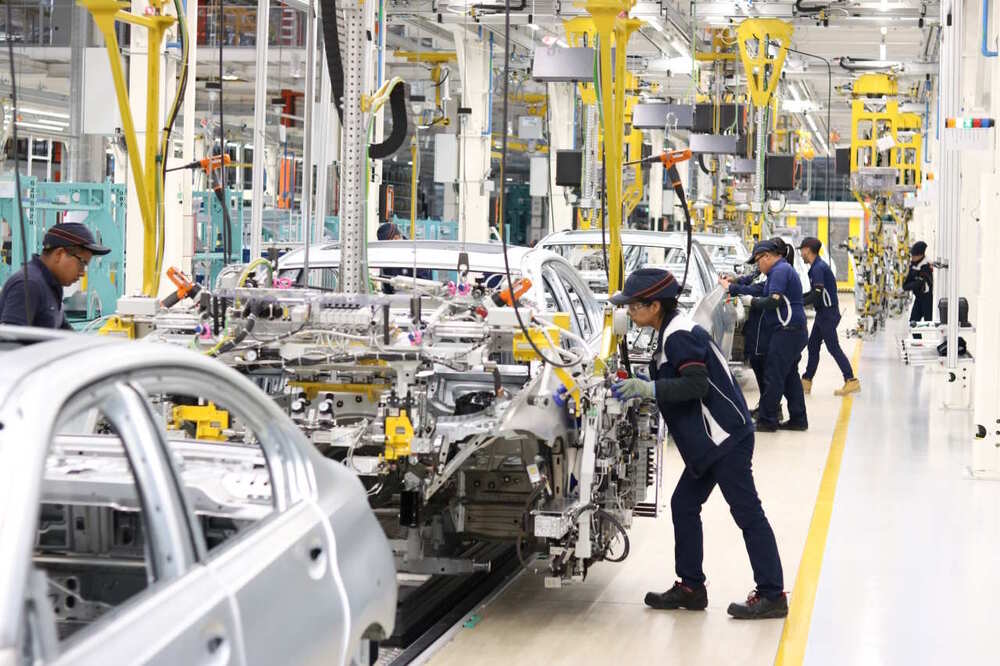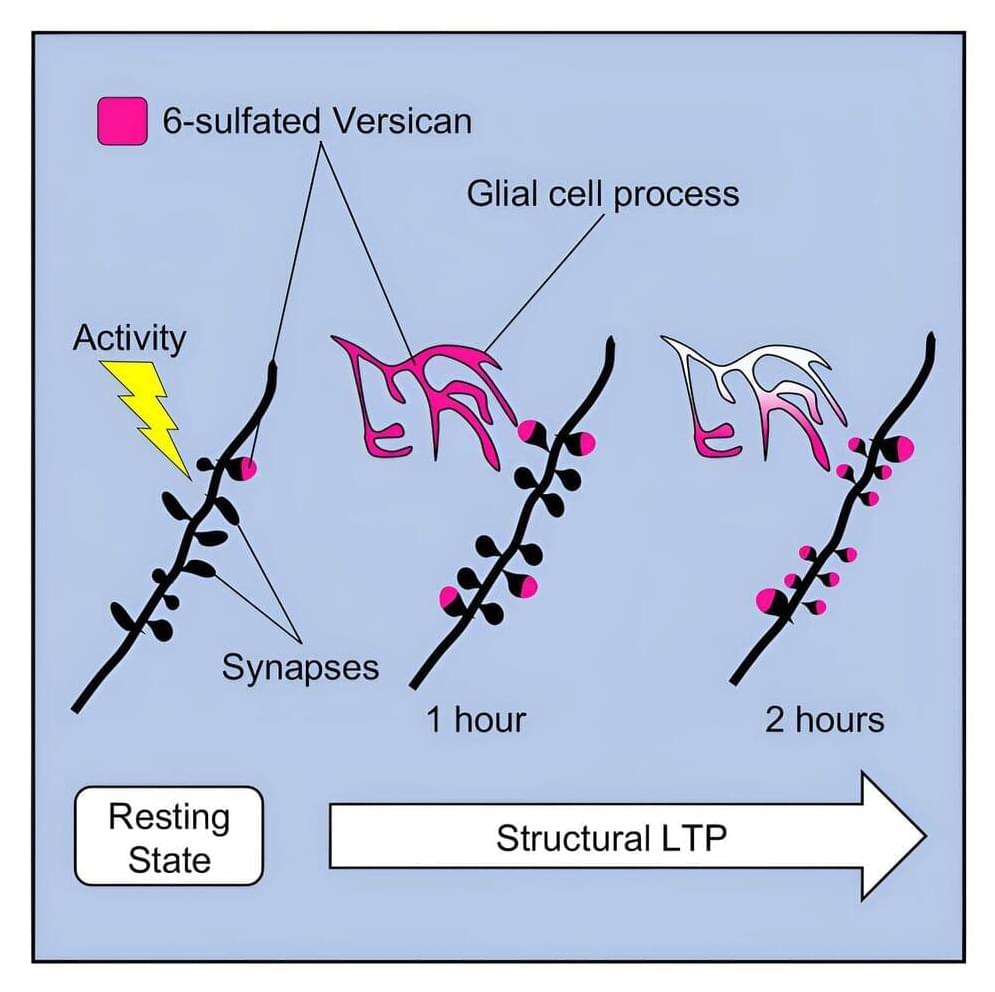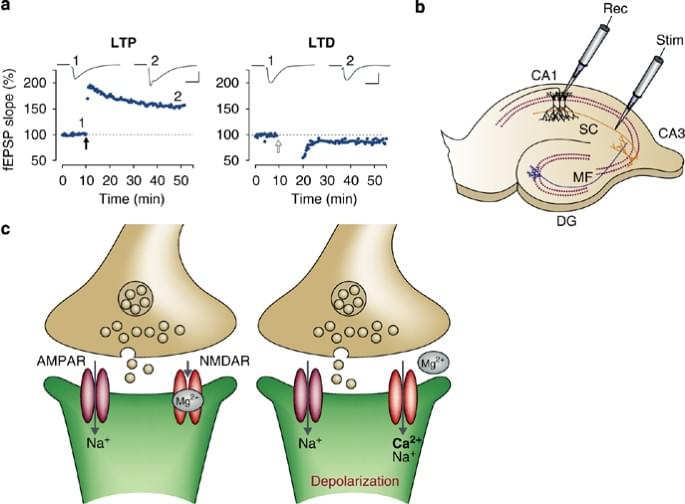From unhackable communication networks to powerful computers, quantum technology promises huge advances.
Earth’s magnetic field plays a key role in making our planet habitable. The protective bubble over the atmosphere shields the planet from solar radiation, winds, cosmic rays and wild swings in temperature.
However, Earth’s magnetic field almost collapsed 591 million years ago, and this change, paradoxically, may have played a pivotal role in the blossoming of complex life, new research has found.
“In general, the field is protective. If we had not had a field early in Earth history water would have been stripped from the planet by the solar wind (a stream of energized particles flowing from the sun toward Earth),” said John Tarduno, a professor of geophysics at the University of Rochester in New York and senior author of the new study.
“People often ask about this, and simulating these difficult-to-imagine processes helps me connect the mathematics of relativity to actual consequences in the real universe,” said Jeremy Schnittman, an astrophysicist at NASA’s Goddard Space Flight Center in Greenbelt, Maryland, who created the visualizations. “So I simulated two different scenarios, one where a camera — a stand-in for a daring astronaut — just misses the event horizon and slingshots back out, and one where it crosses the boundary, sealing its fate.”
Researchers have discovered a kind of “sperm whale phonetic alphabet” embedded in the strings of “click” sounds the whales use to communicate and hunt.
Move over, graphene. There’s a new, improved two-dimensional material in the lab. Borophene, the atomically thin version of boron first synthesized in 2015, is more conductive, thinner, lighter, stronger and more flexible than graphene, the 2D version of carbon. Now, researchers at Penn State have made the material potentially more useful by imparting chirality — or handedness — on it, which could make for advanced sensors and implantable medical devices. The chirality, induced via a method never before used on borophene, enables the material to interact in unique ways with different biological units such as cells and protein precursors.
The team, led by Dipanjan Pan, Dorothy Foehr Huck & J. Lloyd Huck Chair Professor in Nanomedicine and professor of materials science and engineering and of nuclear engineering, published their work — the first of its kind, they said — in ACS Nano.
“Borophene is a very interesting material, as it resembles carbon very closely including its atomic weight and electron structure but with more remarkable properties. Researchers are only starting to explore its applications,” Pan said. “To the best of our knowledge, this is the first study to understand the biological interactions of borophene and the first report of imparting chirality on borophene structures.”
The number of electric vehicles (EVs) exported from Germany rose sharply in 2023, meaning that EVs accounted for about one quarter of all car exports that year, the country’s statistical office Destatis has said.
The country exported about 786,000 fully electric cars for a total value of roughly €36 billion ($A61.8 billion) – an increase of 58 per cent compared to 2022.
The most important destinations for EVs produced in Germany were the Netherlands, the UK and Belgium, Destatis added. Imports of EVs to Germany climbed about 23 percent to 446,000 units, with more than a quarter coming from China.
Neurons are important, but they are not everything. Indeed, it is “cartilage,” in the form of clusters of extracellular matrix molecules called chondroitin sulfates, located in the outside nerve cells, that plays a crucial role in the brain’s ability to acquire and store information.
Citri, A., Malenka, R. Synaptic Plasticity: Multiple Forms, Functions, and Mechanisms. Neuropsychopharmacol 33, 18–41 (2008). https://doi.org/10.1038/sj.npp.
